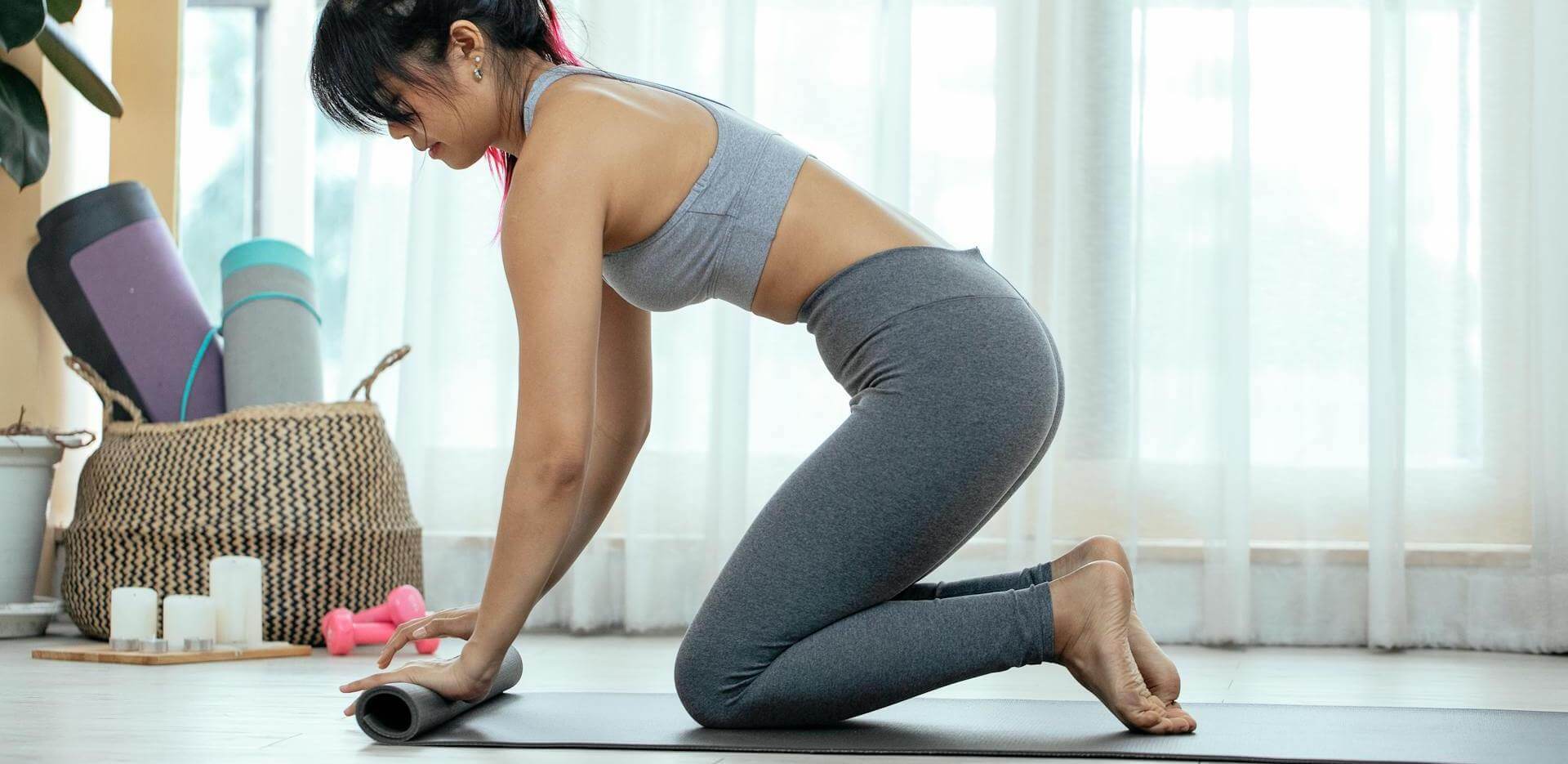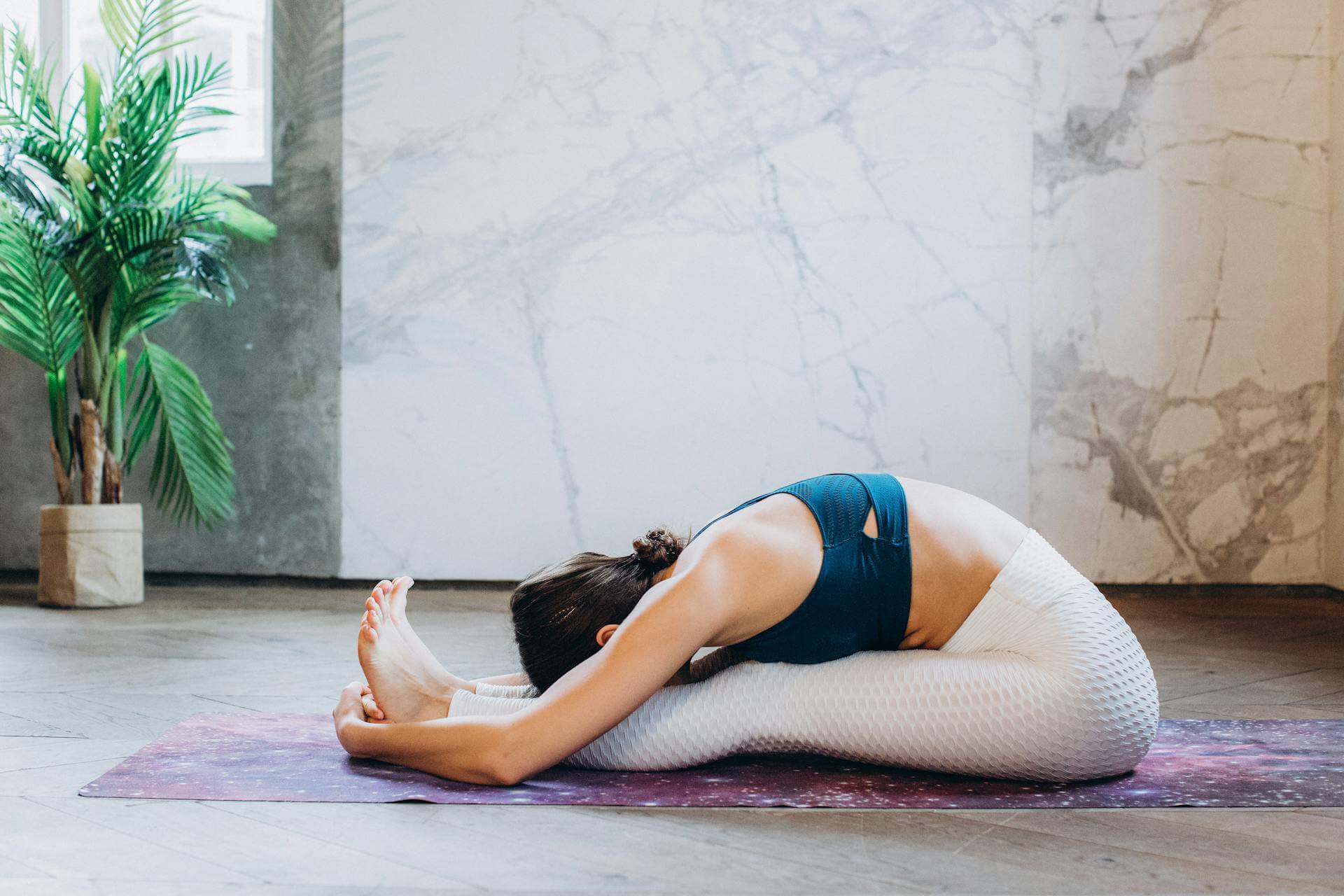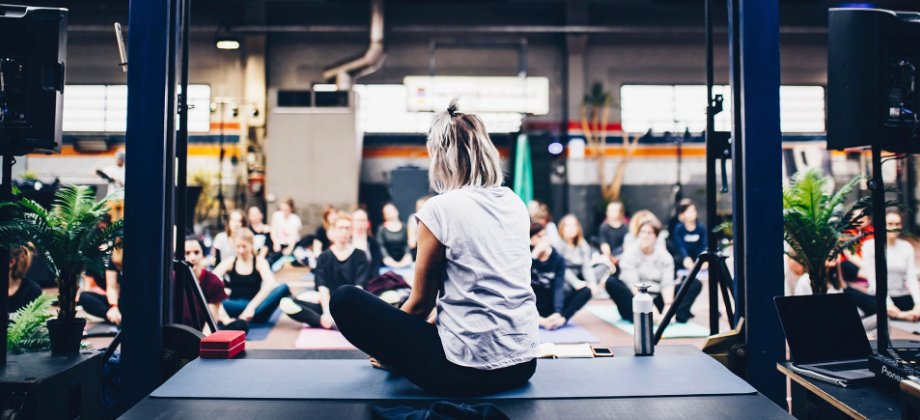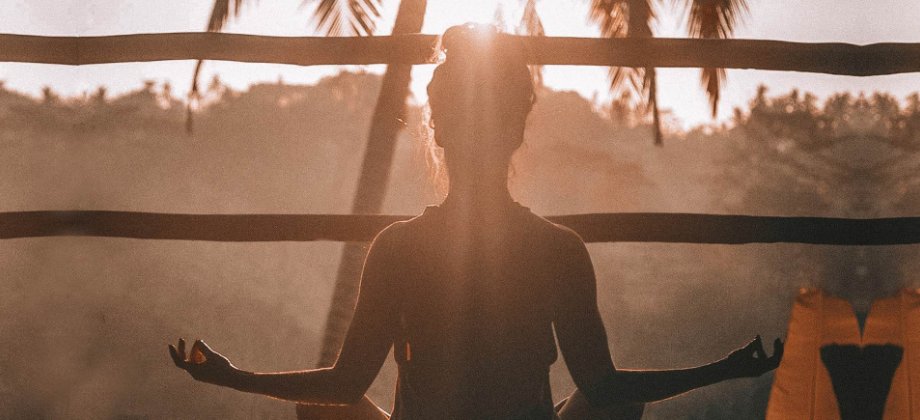
Yoga Prep and Care
Sometimes it's a peaceful afternoon on your day off, sometimes it's an afterthought to a frustrating day, and sometimes it's a hurried arrival kicking off your shoes and starting the first five minutes still gasping from catching the late train; arriving on your mat can feel different every time. Whatever it is, whether you’re a seasoned teacher or a curious new yogi, creating mindful habits around your yoga class can allow you to lean into the unique experience of each practice and leave the studio feeling a little lighter. Here are some suggestions for a mindful practice:
BEFORE
For yogis
Eat and drink responsibly to ensure you have the power for your practice. Get those proteins and fats, but not too late, or you risk a sloshy tummy. A general rule is to avoid eating or drinking anything excessively in the hour before a practice. Slower practices such as yin, restorative, alignment, or nidra, have more rest and relief, but fast-paced flows and movement-heavy sessions tend to feel uncomfortable with a full stomach. Save more inflammatory foods (different for everyone but may include spicy foods, dairy, white flour, or greasy foods) for afterwards to avoid achiness or gas.
For teachers
Even after eight years, I’m still adjusting to my reality that there never seems to be a perfect opportunity to eat during a busy teaching day! Teaching frequently with only 10/20 minutes breaks between classes can suck your energy reserves without you realizing it. Things like food and hydration are no joke and disciplining myself to carry around bars, nuts, or a thick smoothie continues to pay off as I find myself noticeably less exhausted or hangry (hungry+angry).
Warmups
Warming up before practice can help start your yoga session with more ease and attention to your body's wants and needs. Show up 15 minutes before (or even 30 if you are a teacher) to have time to do what you need before practice. There are many ways of warming up:
Stretch out the susceptible parts of the body. Wrists, knees, shoulders, and hips can be warmed up with circling and rolling. Quiet down and tune into that awareness and of how your body is feeling. A few lazy moments before a class spent lounging on your mat, looking at the ceiling, or closing your eyes and taking a few breaths help relax the nervous system and be present in whatever way you can.

For teachers, warm up the voice to help prevent vocal fatigue or the fateful dry throat. Drink small sips of water and practice your vowel sounds. Inhale deeply, exhale on a light “F” or “S” sound. Like a kitten, make meowing sounds with your lips gently closed. Elongate the sounds moving up and down your vocal range - like a muted siren happening in your throat. Say a few cues out loud (perhaps new sequences you are introducing).
If it's totally unrealistic to arrive in time to warm up, don’t worry. Most likely there is a warmup and centering sequenced into the practice. Take a few deep breaths, meet yourself where you are, and enjoy your practice.
Other basics
For yogis- Arrive on time, at least five minutes before. Don’t risk the various latecomers' policies!
For teachers- give yourself adequate time to prepare and be comfortable before class. That means different things for different spaces (sweeping, making tea, testing the microphone, or meditating), you should know what your ideal amount of time is.
For yogis- leave your phone in your bag. Being part of a practice means trusting the space to keep track of time and less screen time can allow you to sink into your practice more fully. Any concerns about time can be said to the studio manager or teacher before or after class.
For teachers- look over or think about your sequence beforehand. Very rarely does “winging it” produce a practice as substantial as a thought-out class. Clarifying the basics can give you more time to focus on your students and the yoga; what music, choosing to offer adjustments or not, opening or closing words, which props should you grab, etc.
DURING
Listen and adjust to what your body feels. If you need a different variation or a rest, be aware of what it is.
For Yogis - Be wary of doing your own thing. Practicing advanced variations is perfectly acceptable in most scenarios. However, even if you are confident with certain asanas, there are legalities and risks for leading your own practice depending on the studio. Be mindful of the space and if you have questions - ask them.
Replace comparison with gratitude. As a super competitive person, it's easy to slip into comparative thinking when attending a class. It will continue to happen no doubt and I’ll continue to draw myself back to appreciating the sheer range of bodies and abilities in the same room rather than always thinking about my practice in comparison to anyone’s.
For Teachers - check in with your students by not staying only on your mat and giving specific cueing if comfortable with it. Be flexible if possible to offer options and props when needed and appropriate.
AFTER
Take whatever time you need. Yoga is a practice that naturally sits with you hopefully in body and mind, enjoy it and unless there is a class directly afterward, ease back into your day with time.
Be sure to drink water in the hours following your practice. Whether it's hot yoga or kundalini, hydration is essential. Take small sips and have a nice snack while you're at it.
One of the most beautiful things about yoga is its graciousness towards personal practice and listening. While the routines and suggestions above can fuel one yogi’s practice, it might not be the same for another. Observing and accepting whatever state you approach and leave your mat is the key to continuing your journey with a keen mind and an open heart.






